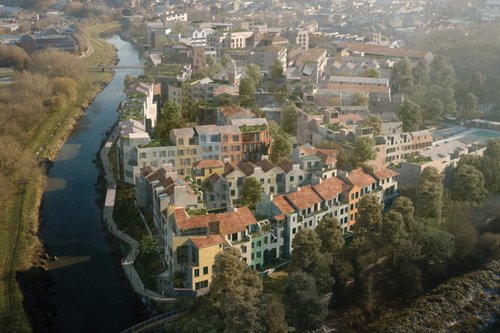
5 min read
Communities of the Future: The Rise of Purpose-Driven Housing Projects
WLLW explores five communities of the future to understand the ethos that underpins them and whether they are blueprints for better living.
Steve Nygren is a visionary entrepreneur and the founder of Serenbe, a groundbreaking sustainable community located in the Chattahoochee Hill Country near Atlanta, Georgia. With a background in the restaurant and hospitality industry, Nygren initially sought a retreat from urban life, but his journey soon evolved into a mission to create a model for sustainable living that seamlessly integrates nature, agriculture and community. Through his innovative approach, Nygren has transformed Serenbe into a thriving example of how thoughtful design and ecological principles can foster a harmonious and healthy way of life.

Serenbe mandates that all buildings be environmentally certified, with most builders opting for EarthCraft certification due to its rigorous inspection program. Additionally, geothermal pumps are required for heating and cooling systems. These both lead to an average of 60 percent reduction in energy demand. Furthermore, all homes must be designed and built to meet solar-ready requirements.
More responsible development in the United States requires better land use planning. Model projects like Seaside and Prairie Crossing resulted in accelerating traditional sprawl on their edges rather than influencing more responsible development on neighboring land. Before initiating Serenbe, we spent two years organizing a 40,000-acre community with 500 landowners to envision their future. Preservationists and developers collaborated to allocate 70 percent of the land as open space under agricultural zoning, enhancing lifestyle and recreational opportunities. By clustering, the plan will yield 20 percent more housing units per square mile compared to metropolitan Atlanta’s average over the past three decades, combating the sprawl pattern since 1950. Clustering homes and businesses creates density and walkability, enhancing lifestyle and recreational opportunities. We also have front porches on homes and pull houses closer to the sidewalks for connectivity. We have sidewalks to encourage walking and we centralize our mail houses by neighborhood and near commercial centers. This creates more frequent everyday encounters with your neighbors when picking up your mail.
Less about community building yet still important to bring nature into cities: bioretention stormwater management is also pivotal and has the potential to transform urban areas significantly by creating green corridors by daylighting the stormwater naturally. Have you ever wondered how a raindrop from your roof finds its way to local rivers? Few can. Daylighting stormwater and establishing a network of channels leading to tributaries and rivers can revolutionize our urban landscapes.
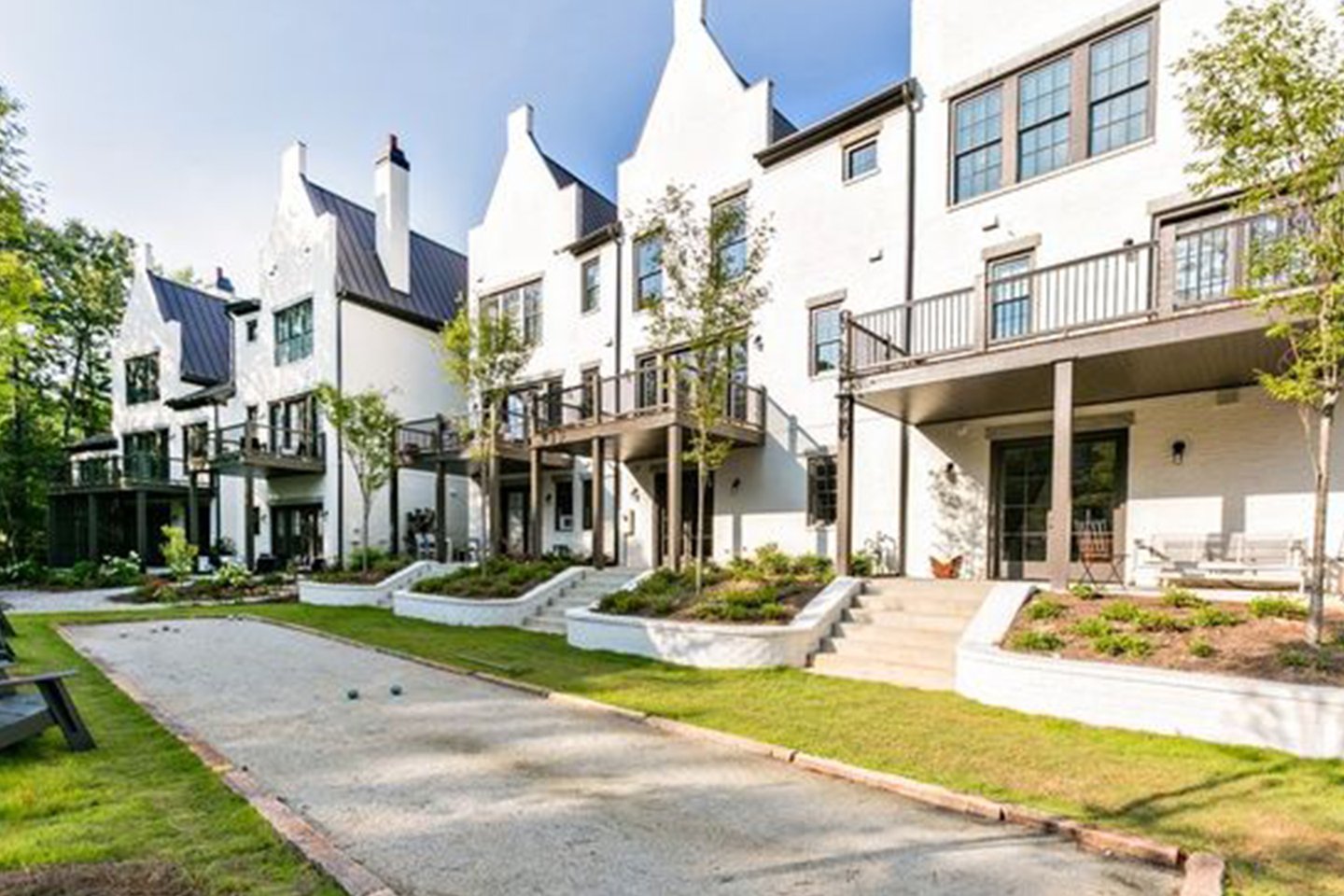
Serenbe offers a unique living experience with clustered development overlooking preserved forests, farms or pastures. The streets wind to create an intriguing visual pattern while maintaining a pedestrian grid for easy access to shops, offices, schools and hospitality centers. Embracing a variety of architecture within each cluster, Serenbe restricts each residential lot to a single style. The focus on massing and placement aims to recreate the charm of neighborhoods from a century ago, featuring diverse home sizes and mixed-use centers of varied sizes.
"Clustering homes and businesses creates density and walkability, enhancing lifestyle and recreational opportunities."
Steve Nygren
We’ve analyzed vibrant centers across history to identify key elements that set them apart. As a result, at Serenbe a focus on environment, art, agriculture, education and wellbeing shapes our community. Our land plan and building standards prioritize responsible environmental practices. Embracing art, our streets feature designs by artists, enhancing beauty throughout. We've introduced a transfer fee to support arts and environmental initiatives, funding over $1 million annually to the Art Farm. Additionally, we pioneered the agrihood movement with a 20-acre organic farm, promoting local produce consumption. In Mado, health and wellbeing take center stage, with a dedicated office building for health providers and health-focused commercial spaces. Education is paramount, with a nature-immersed charter school and a private STEAM-based school fostering learning innovation. Residents now populate the various boards that govern and reinforce these key components of the community.
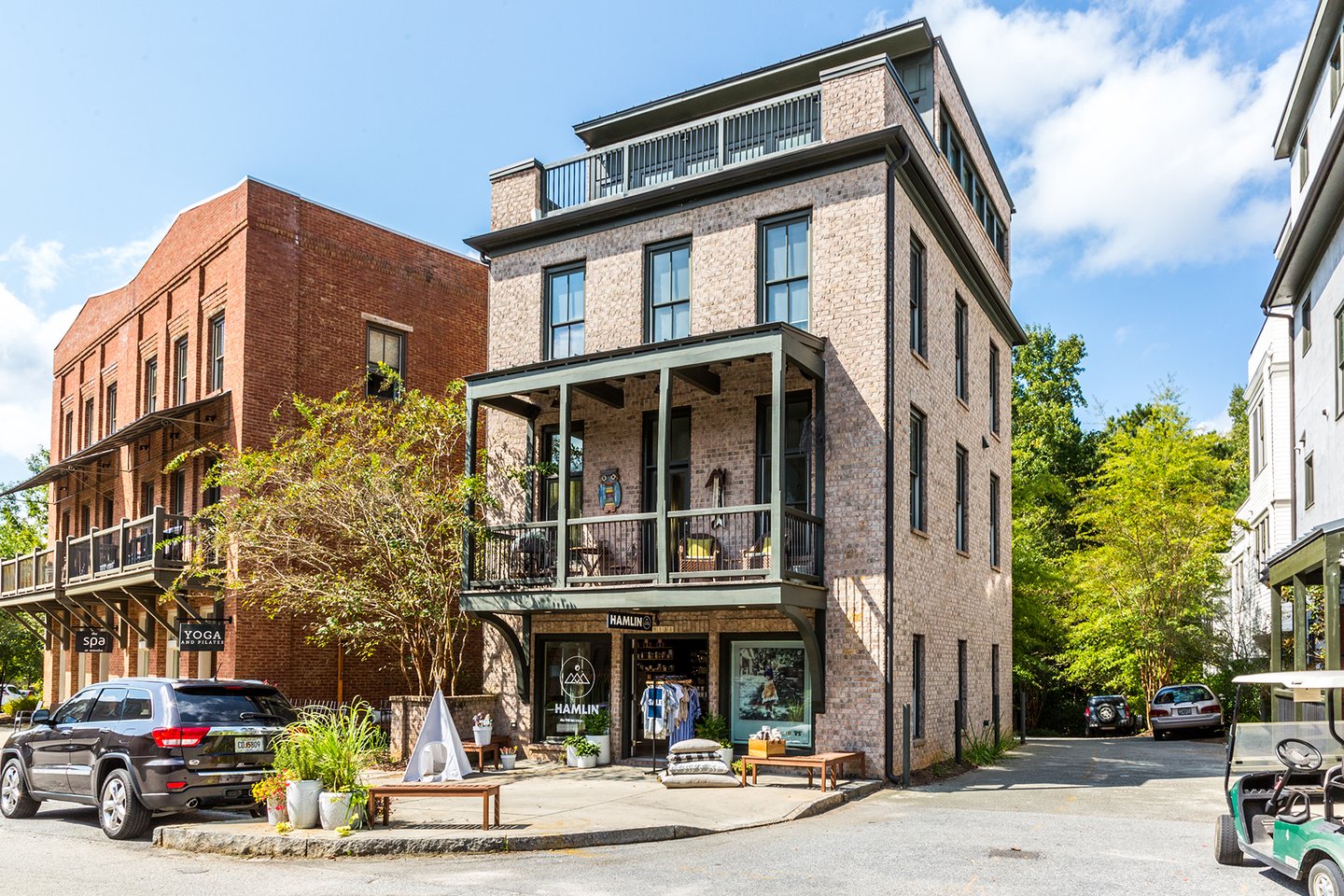
The pandemic highlighted the challenges within gated senior housing, often leading to generational isolation. Many facilities, while luxurious, promote a sedentary lifestyle lacking mental and physical stimulation. It's time to reimagine communities with free-range kids and uncaged elders, reminiscent of a century ago.
We are thrilled to announce the integration of an aging-in-place campus at the heart of our Mado community. This campus features a blend of commercial, hospitality, and medical support offices, complemented by 97 one and two-bedroom apartments and cottages. Positioned strategically, the campus offers easy access to urban amenities while embracing nature, with openings to the forest and streams. These residents will enjoy multiple ways to engage with nature, from a trail walk, bird watching to visiting with neighbors. We also have many other ways to engage with the natural world, from horse trail riding available and hosting an annual 10k/5k trail race.
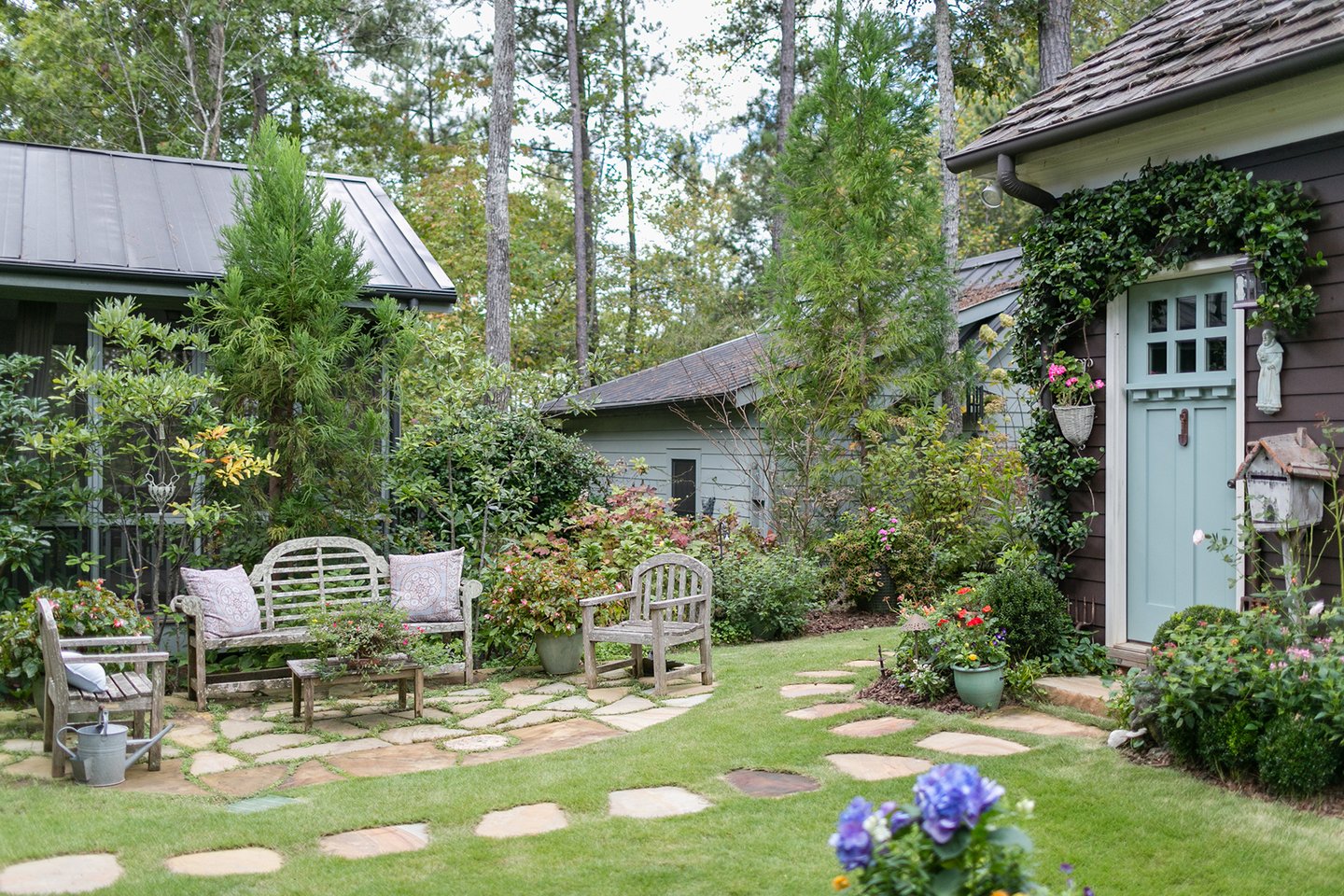
We are positively changing the lives of people who have chosen to move here and influencing community development around the world from Australia to Scotland and coast to coast in the United States through our annual Nygren Placemaking Conference scheduled this year, October 7-9, 2024, and our annual Biophilic Leadership Summit, planned for March 30 - April 1, 2025.
I am working on a book to share my journey of encouraging others to fight urban sprawl and rethink how we build neighborhoods while protecting their ‘own backyard’. My aim is to inspire others to act within their sphere of influence rather than feeling immobilized by circumstances beyond their control.
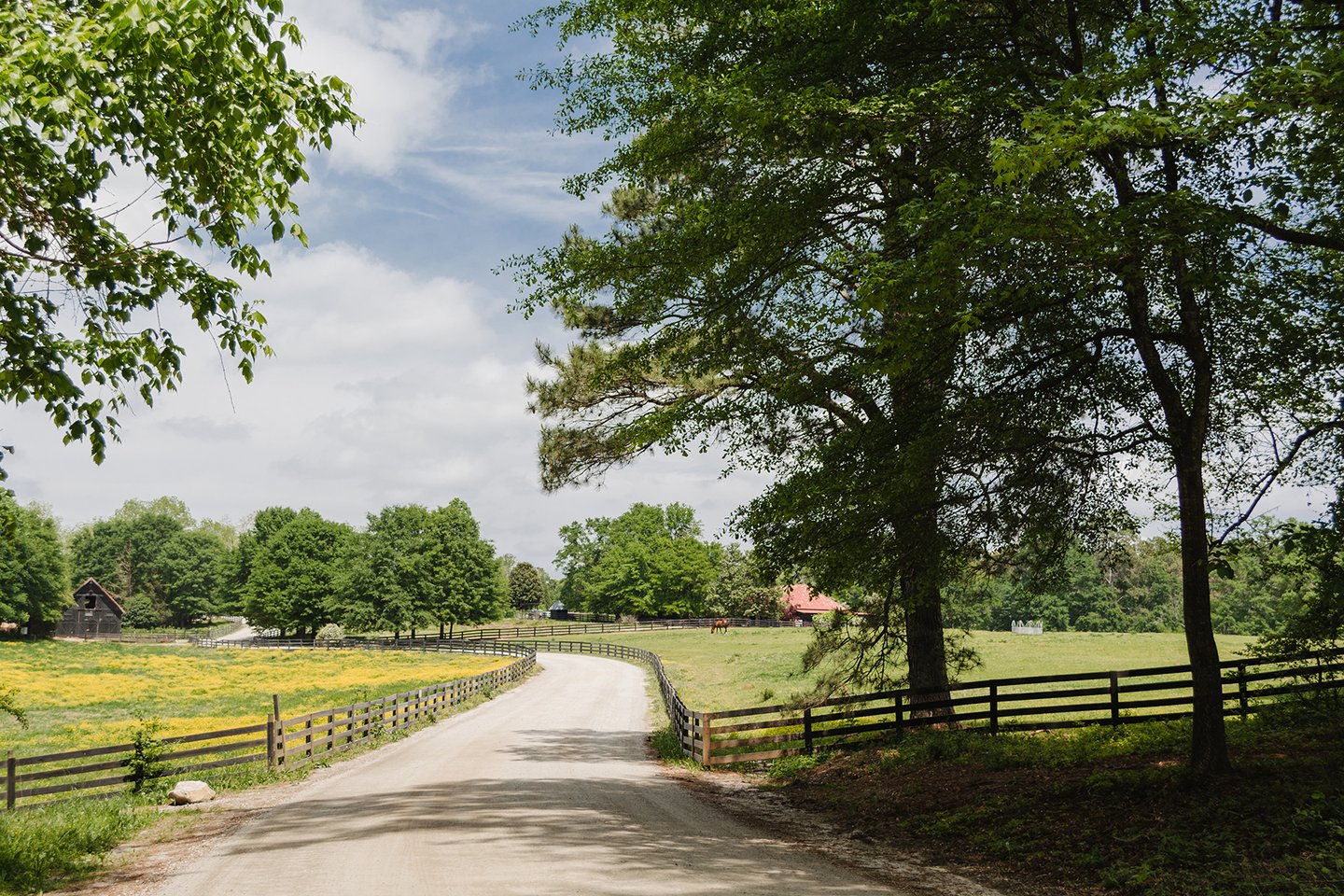

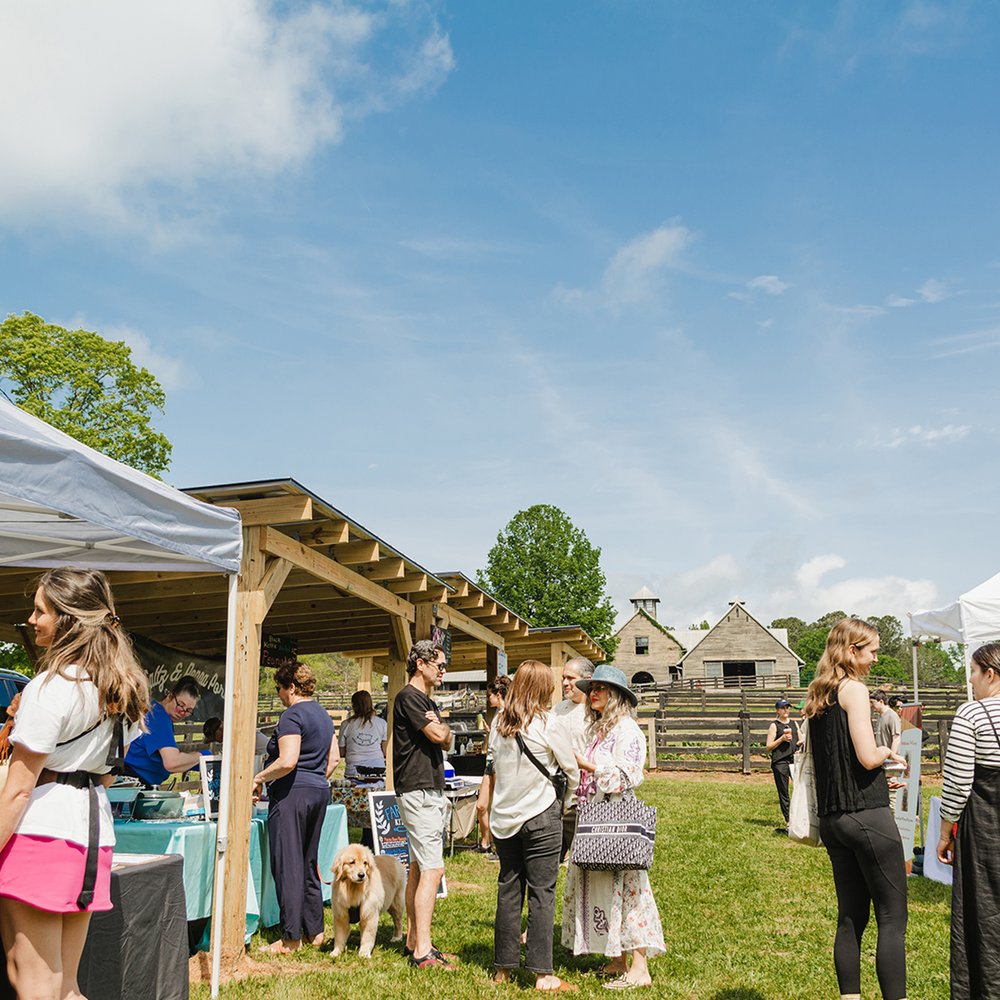
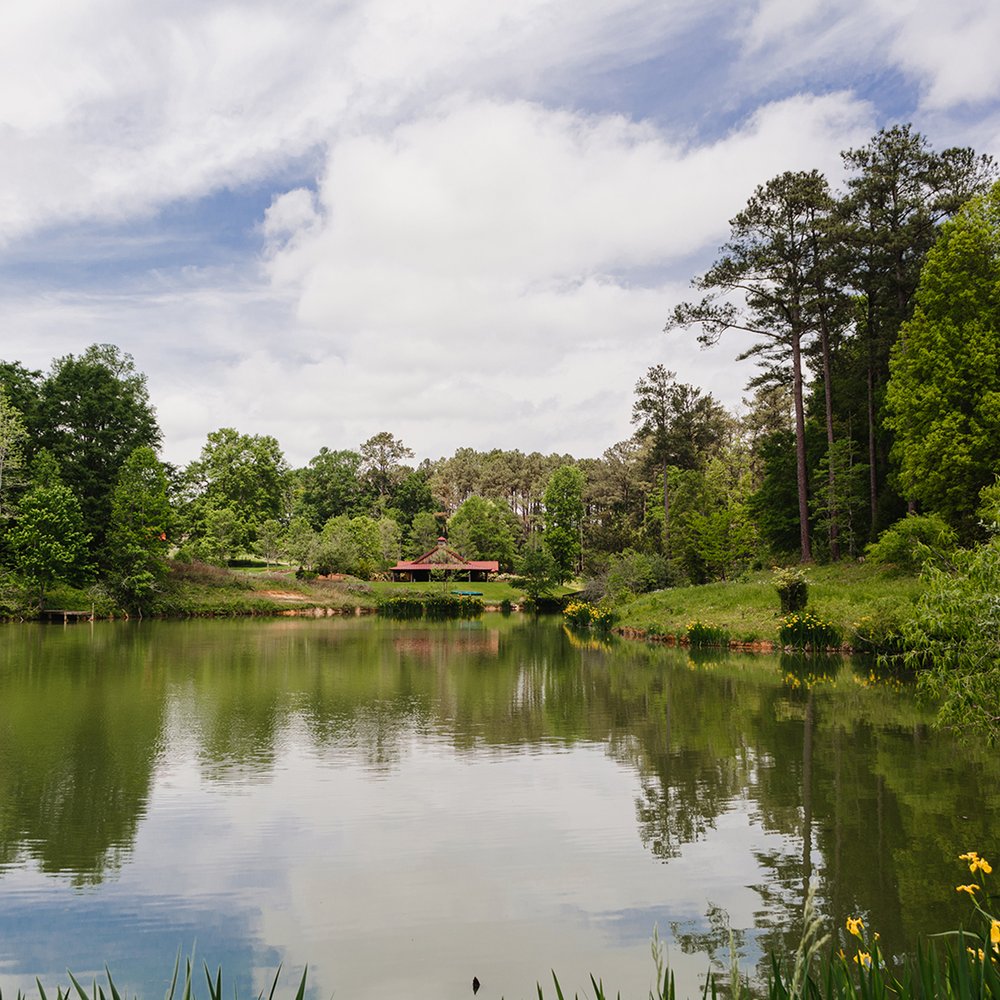
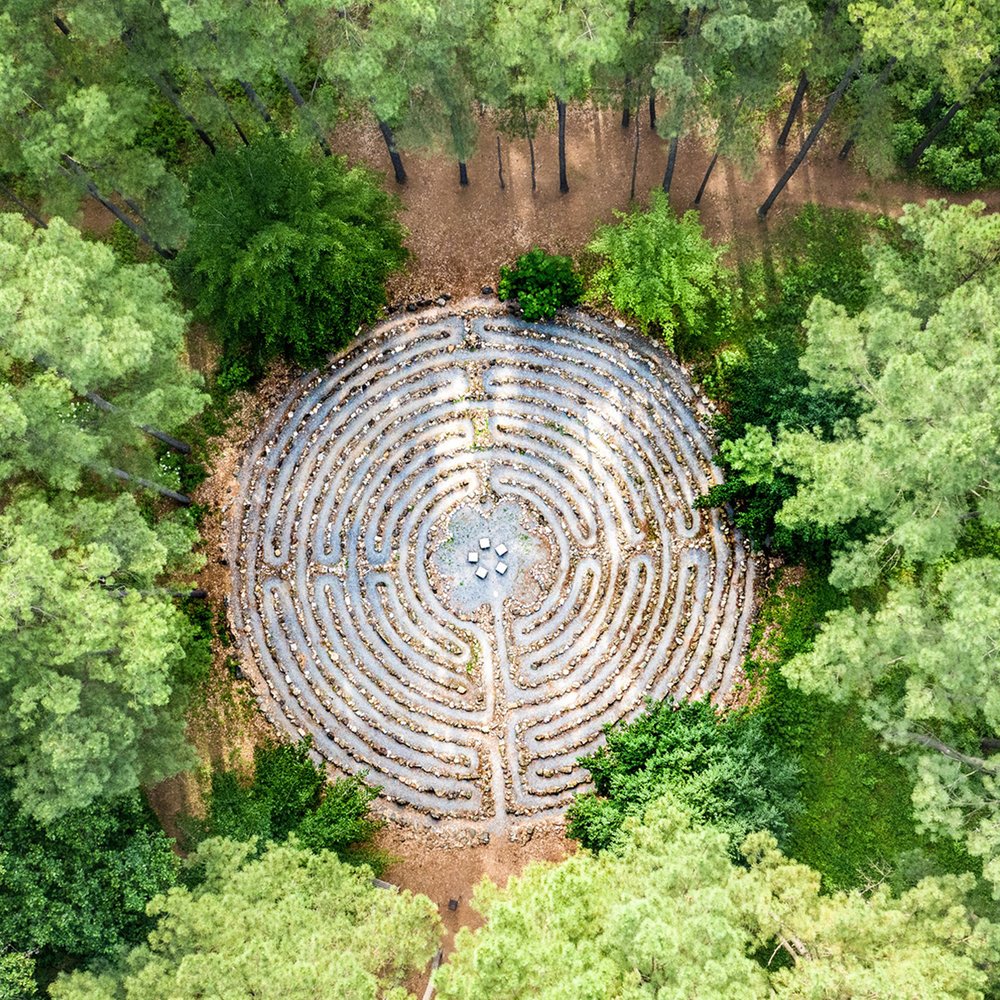
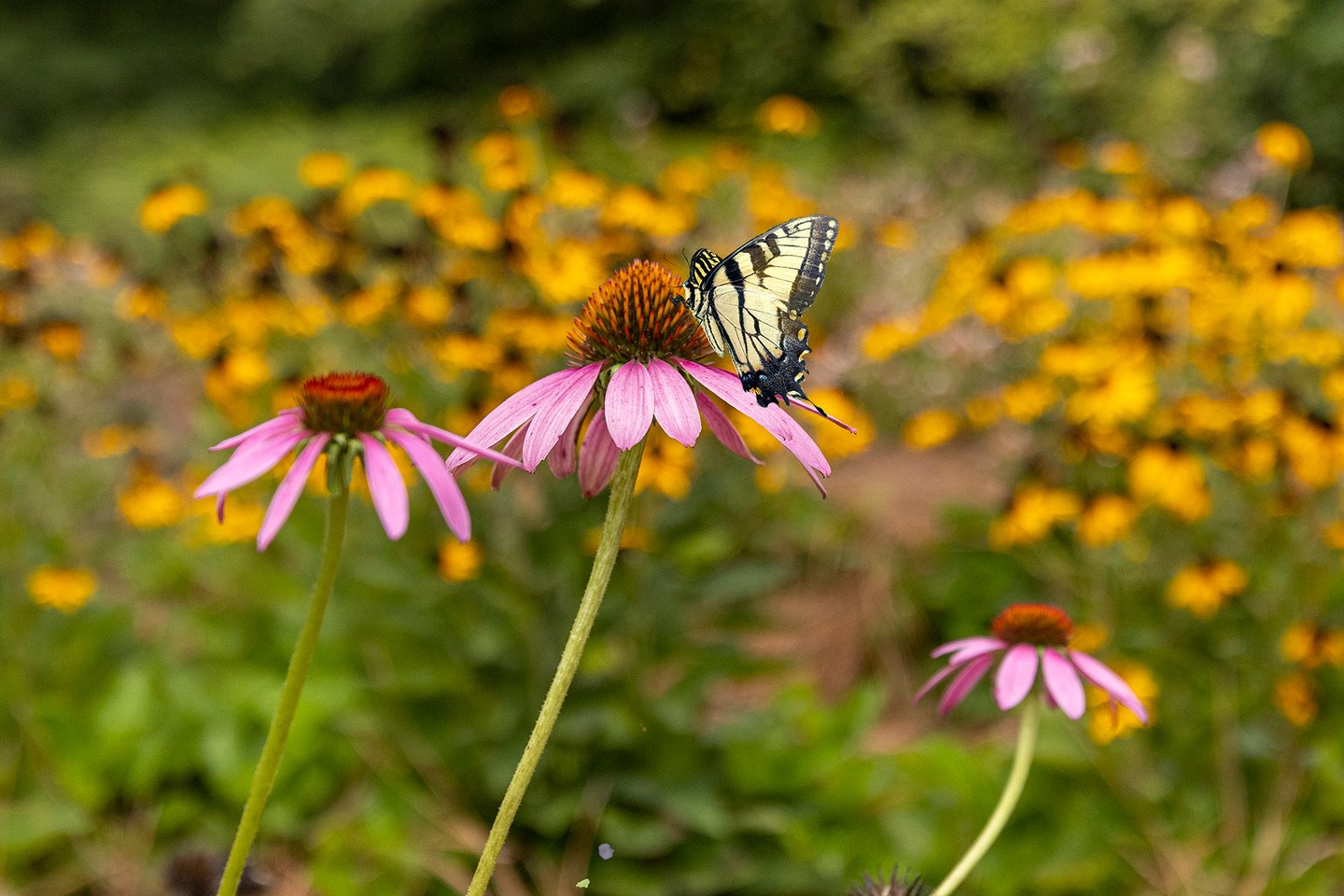
Photography: Serenbe, J Ashley Photography, Bob Lederman


5 min read
WLLW explores five communities of the future to understand the ethos that underpins them and whether they are blueprints for better living.
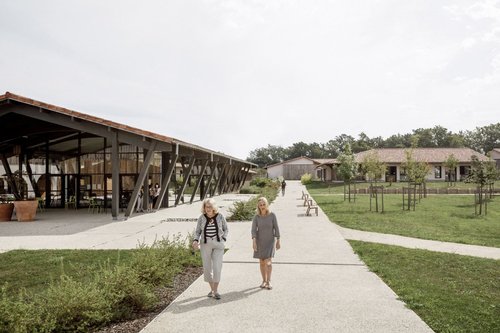
4 min read
Investigating innovative design solutions for the growing needs of an aging population in later living communities.